Why the fashion industry undervalues women’s worn historical garments
Old women’s social uniforms contain a wealth of information about what it meant to be a woman in 20th-century America, but as Vanessa Friedman finds out, they’re largely snubbed by museums and experts
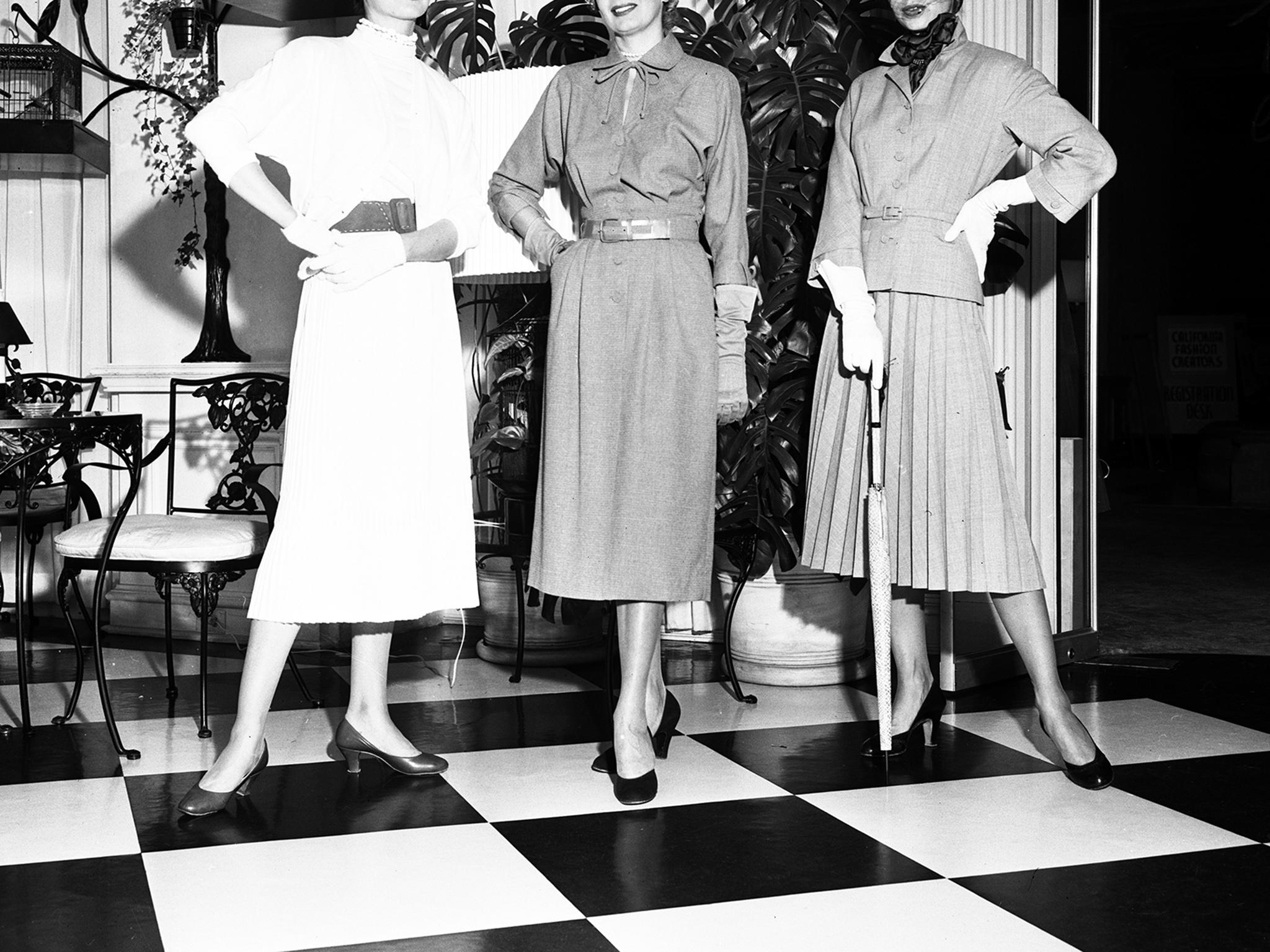
Your support helps us to tell the story
From reproductive rights to climate change to Big Tech, The Independent is on the ground when the story is developing. Whether it's investigating the financials of Elon Musk's pro-Trump PAC or producing our latest documentary, 'The A Word', which shines a light on the American women fighting for reproductive rights, we know how important it is to parse out the facts from the messaging.
At such a critical moment in US history, we need reporters on the ground. Your donation allows us to keep sending journalists to speak to both sides of the story.
The Independent is trusted by Americans across the entire political spectrum. And unlike many other quality news outlets, we choose not to lock Americans out of our reporting and analysis with paywalls. We believe quality journalism should be available to everyone, paid for by those who can afford it.
Your support makes all the difference.It is possible that one of the more telling narratives of women’s lives in 20th-century America is housed in 50 metal storage lockers, in a basement room in the theatre department of a women’s college in Northampton, Massachusetts. There, an anthropological road map traces the story from Gibson girls to the Western Front, to the Dust Bowl to bringing home the bacon and onward.
To reach it, you descend a flight of stairs and pass through a cinder block corridor into a windowless space that is home to the unofficial Smith College Historic Clothing Collection: 3,000 dresses, suits, shoes, bags and accessories. They are crammed among costume racks and cardboard boxes, jammed together on padded hangers, stacked on shelves and squirrelled away in any available nook and cranny.
Though the collection includes some designer names (Claire McCardell, Mary Quant) and some garments that belonged to famous people (Sylvia Plath’s Girl Scout uniform), the majority have unknown origins and may be stained, torn, mended and otherwise flawed in some way that reflects the exigencies of real life: families, responsibility, hardship.
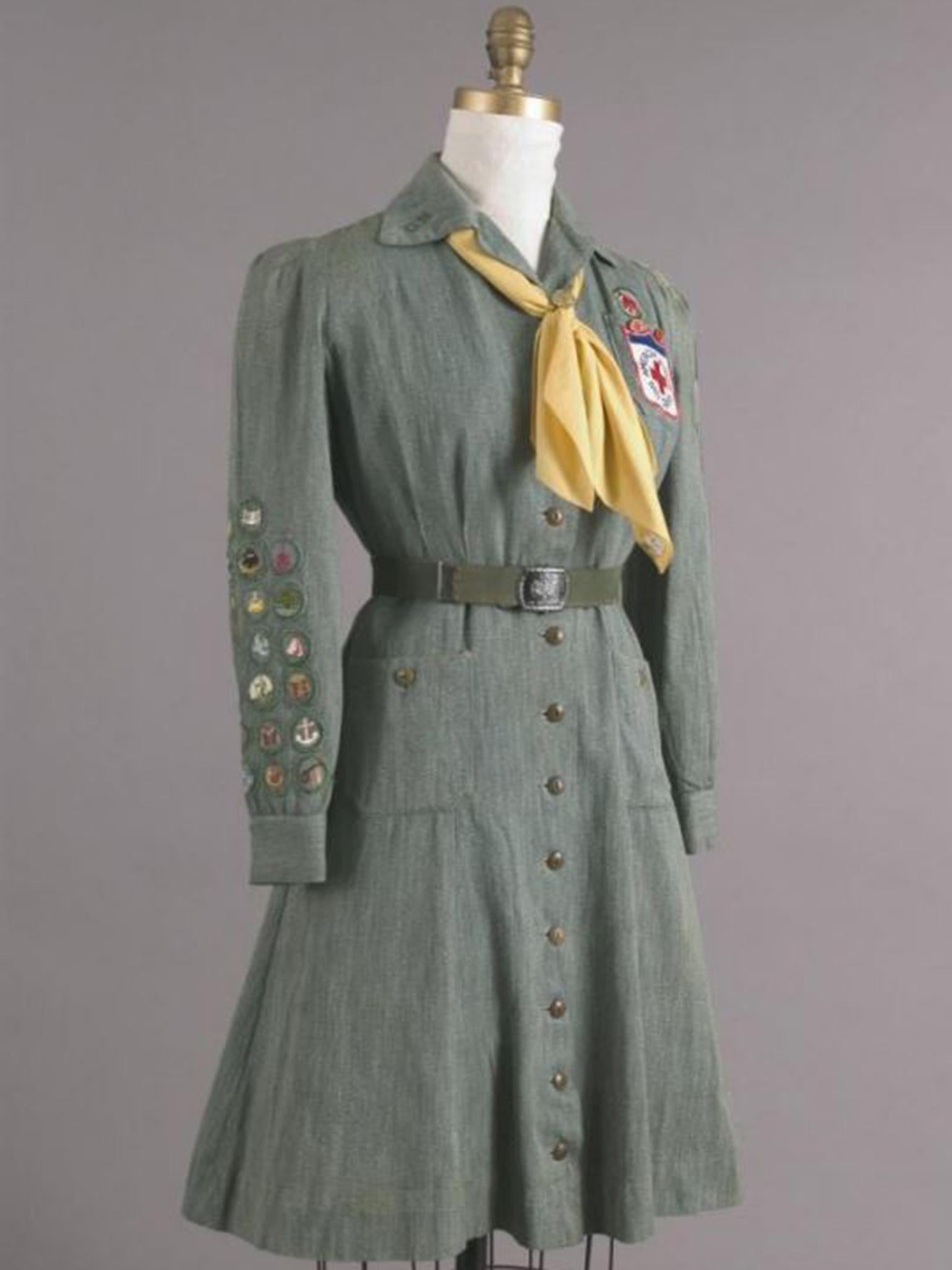
They are the kinds of garments generally overlooked or dismissed by museums and collectors of dress, who tend to focus on fashion as an expression of elitism, artistry and aspiration.
Other colleges and universities maintain textile and apparel collections, including Drexel and Iowa State, but Smith’s focus on women’s clothing and, more specifically, on women’s “social uniforms” – clothing that signifies identity and functions as part of the archaeology of gender, complete with usage markers – sets it apart.
“It’s not about couture,” says Jan Glier Reeder, a fashion historian who was a curator of the Metropolitan Museum’s Costume Institute show on Charles James in 2014. (She is also a Smith graduate.) “It’s about how we study the past in a very intimate way.”
How much is that actually worth? As the fate of the collection becomes a subject of debate within the college, it has stirred up uncomfortable questions about what constitutes “value” in the context of clothes, the liberal arts and the current conversation about how we talk about women’s history. Even at an institution like Smith: an esteemed women’s college and the alma mater of Gloria Steinem and Betty Friedan.
Catherine looks at underarm stains and sees a clue, whereas a museum looks at underarm stains as something that would disqualify a garment from a collection
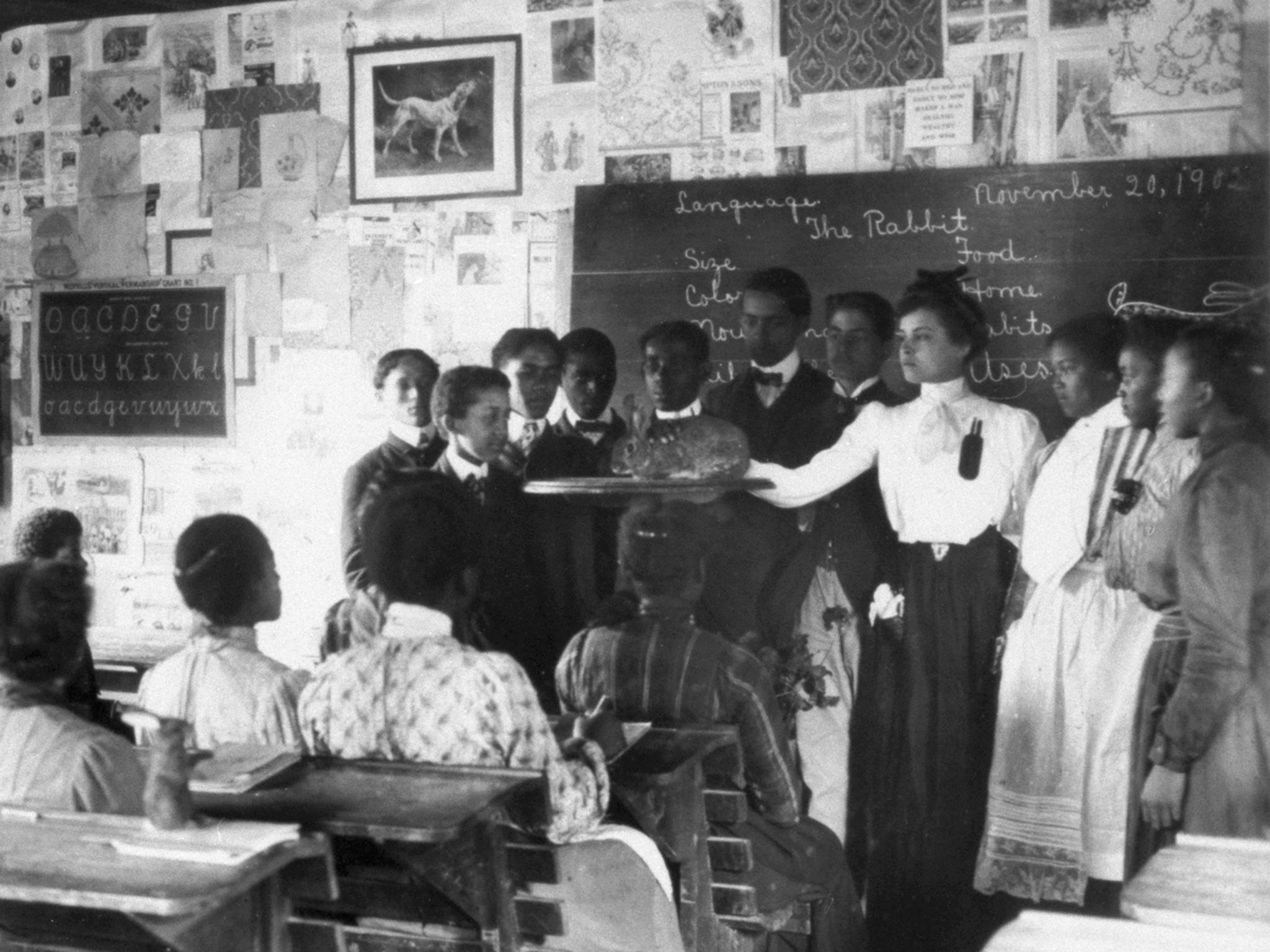
In 1974, Catherine Smith, a graduate of the college and a costume designer, returned as a professor in the theatre department. When she started sifting through the costumes used in productions, she discovered that many of them were historical garments donated by alumnae.
Smith, who goes by the name Kiki, began separating out those pieces that were too fragile or were potentially important – a 1895 travelling suit, for example – from the obvious costumes (Shakespearean monk’s robes).
It occurred to her, she says, that while such garments are generally not seen as valuable, when it comes to providing clues to what it meant to be a woman in 20th-century America, they may be worth their weight, if not in gold, at least in semi-precious gems.
“We have libraries of books, which are very valuable,” Smith says, noting that just as the college collects and preserves paintings and prints, as well as documents like diaries, yearbooks and letters, the clothes can be seen as “journals into women’s lives from the past”. “My sense is, that’s a very valuable commodity to save, and to have for the future,” she says.

Yet, says Valerie Steele, the director and chief curator of The Museum at the Fashion Institute of Technology, historically clothes have not been seen as such.
“Old clothes in general are so tied to the body, and female bodies in particular, that they have not been valorised as objects, like paintings, which were seen as examples of male genius,” Steele says. “They were more like rags that had lived on past their time.” (The Museum at FIT sees its mission as collecting pieces that are “historically or aesthetically significant in the history of fashion”.)
Generally, when building costume collections, the most famous museums not dedicated purely to fashion or textiles – the Metropolitan, the Victoria and Albert – look to pieces defined as “exceptional” and “leading”. That is, garments or textiles that speak to the decorative arts, or moments of great historical significance, as opposed to the quotidian nature of everyday life.
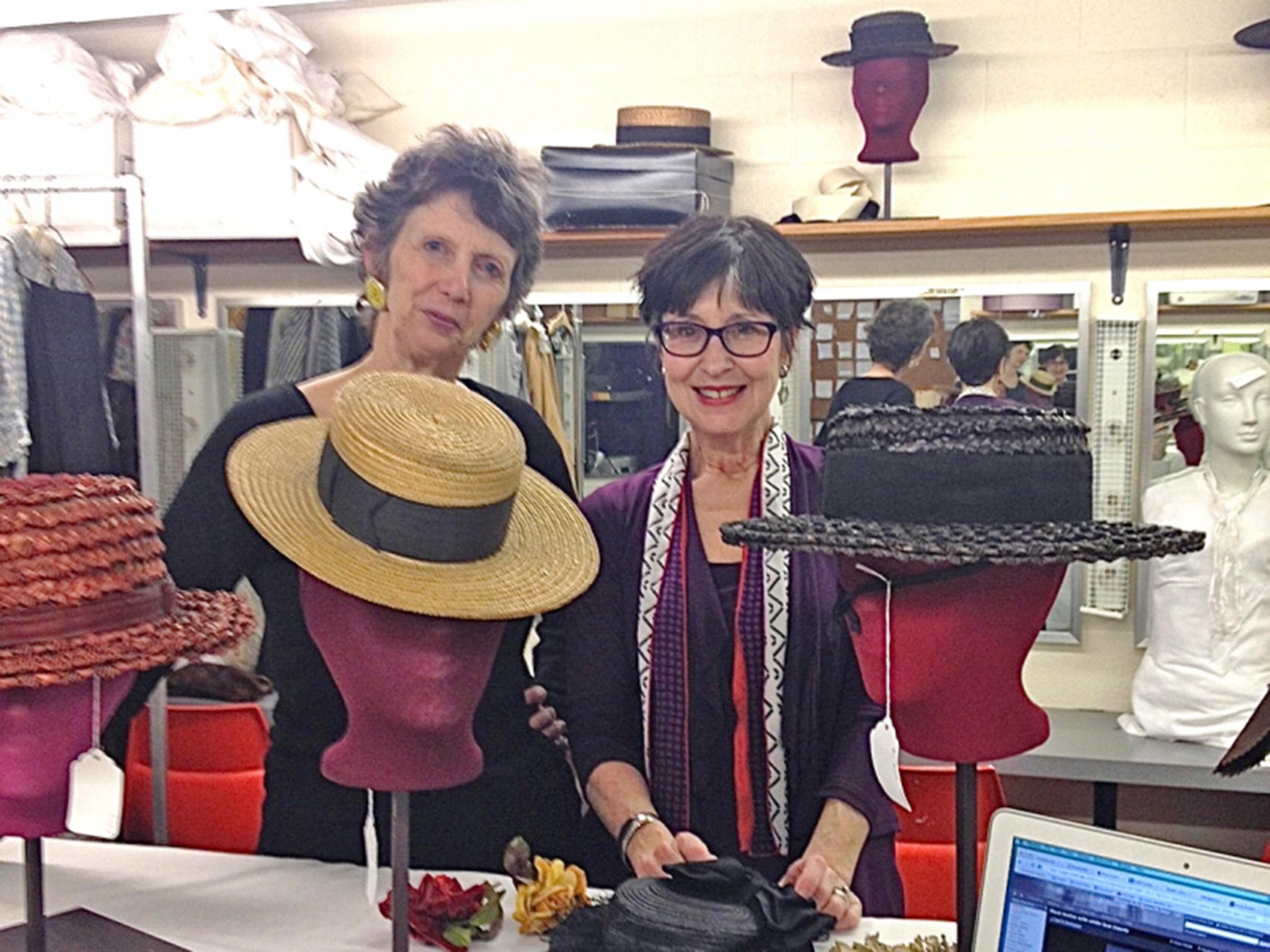
But it is exactly the quotidian that attracted Smith, and it was the quotidian she began to look for as she started to build the collection, which she defines as “a liberal arts archive that advances the academic inquiry of women of diverse economic and social backgrounds, through the study of their dress from the 19th century to today.”
In 1981, she spent nine months of a sabbatical at the Metropolitan Museum of Art’s Costume Institute as a curatorial assistant to Stella Blum, then curator of costumes, to learn more about managing a collection.
Clothes come via donations from alumnae, as do most university collections, and are purchased at auction (including on sites like eBay). Smith funds much of the shopping herself and donates the garments she buys to the college.
As the collection has grown and gained a reputation, outsiders have also begun to contribute, such as one donor who, Smith says, had volunteered at a women’s rights law firm in the early 1970s and supported herself as a go-go dancer. She saved her off-hours outfit in part because of what it revealed about the complications of entering the working world, and it is now in the Smith Collection.
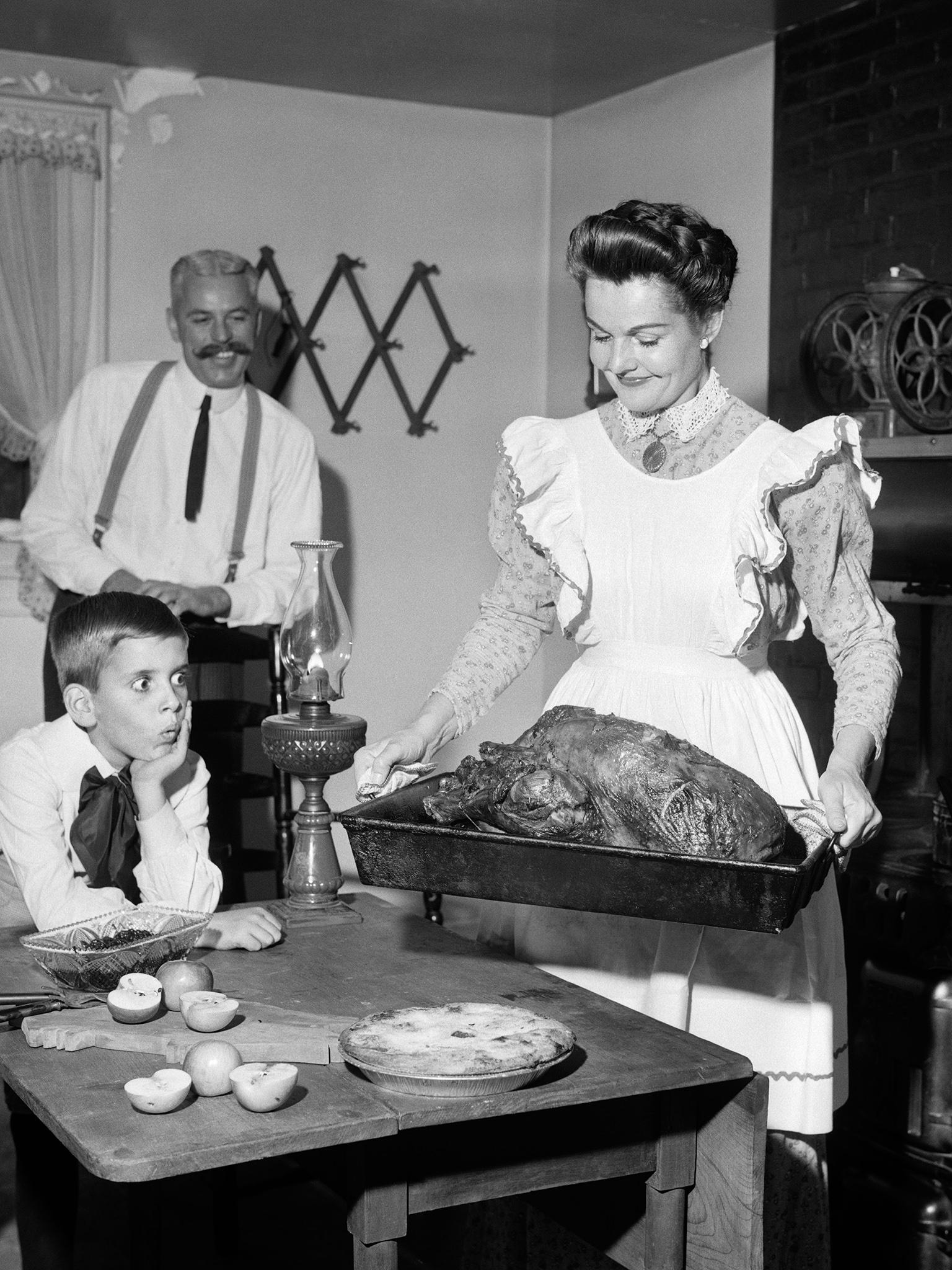
Though material culture has been a part of different fields of study since the 19th century, it became a more formal discipline after the Second World War. (The Journal of Material Culture was founded in 1996.)
In an increasingly virtual world, the opportunity for students to physically connect with the past has become a powerful pedagogic tool. Most university dress collections would fall under this rubric, though few have embraced the worn to the extent of Smith’s.
“She looks at underarm stains and sees a clue,” Reeder says. “A museum looks for underarm stains, too, but as something that would disqualify a garment from a collection.”
The Smith Collection includes multiple examples of a single type of garment – school teacher pinafores from the turn of the century, house dresses from the 1930s and aprons that range from the purely decorative silks of the mid-19th century, to maids’ white serving aprons with matching cuffs.
Students can use them to try to puzzle out the differences in the lives of the women who wore them through, say, the fade pattern (had the dress been covered by an apron?), the mending, the seams.
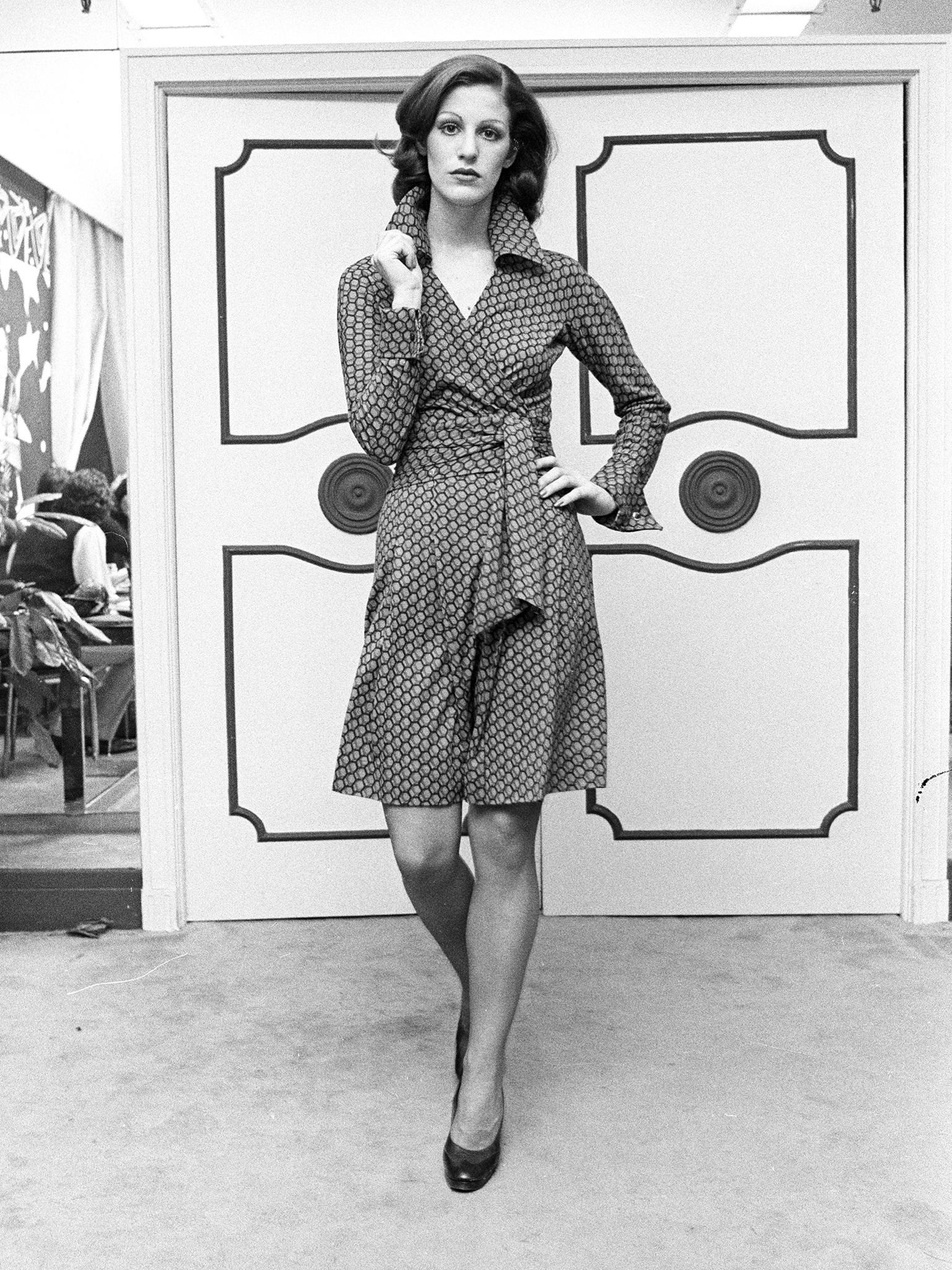
There are First World War uniforms worn by the Smith students who went where the Red Cross would not; gingham sports ensembles, including shirt, skirt and shorts, from the late 1930s; 1940s maternity tops with a label that reads “Blessed Event”; a nun’s habit from the 1960s that was taken apart every year so the pieces could be washed and then resown; Diane von Furstenberg wrap dresses from the 1970s; and stewardess uniforms from multiple airlines in the 1980s.
With the help of student interns, an online catalogue is being created. (One student, Beth Pfalz, also originally saw the possibilities of the collection and gave it its name.)
The Smith Collection is used by history, English, anthropology and even math classes. “To see patterns of wear is profoundly moving and telling,” says Cornelia Pearsall, an English professor who uses some of the clothes in a seminar.
Because Smith has other full-time responsibilities, however, and because there is no real display space for the collection, the number of classes that can have access to it during any given semester is limited.
Now the question is whether the collection can become more than one woman’s crusade. To do so, it would need funding and formal institutional acknowledgement. Smith, 69, is reluctant to retire without a resolution.
She has discussed the collection, its future and uses, with different provosts of the college over the years. “To put it politely, they were sceptical and worried about the long-term value,” she says.
Stacey Schmeidel, the director of media relations at Smith, writes in an email: “We value the collection,” but notes that the school has “no plans to create a centre or other sort of permanent home for it on campus at this time. If Smith were to think about investing in the collection in the future, it would require substantial fundraising.”
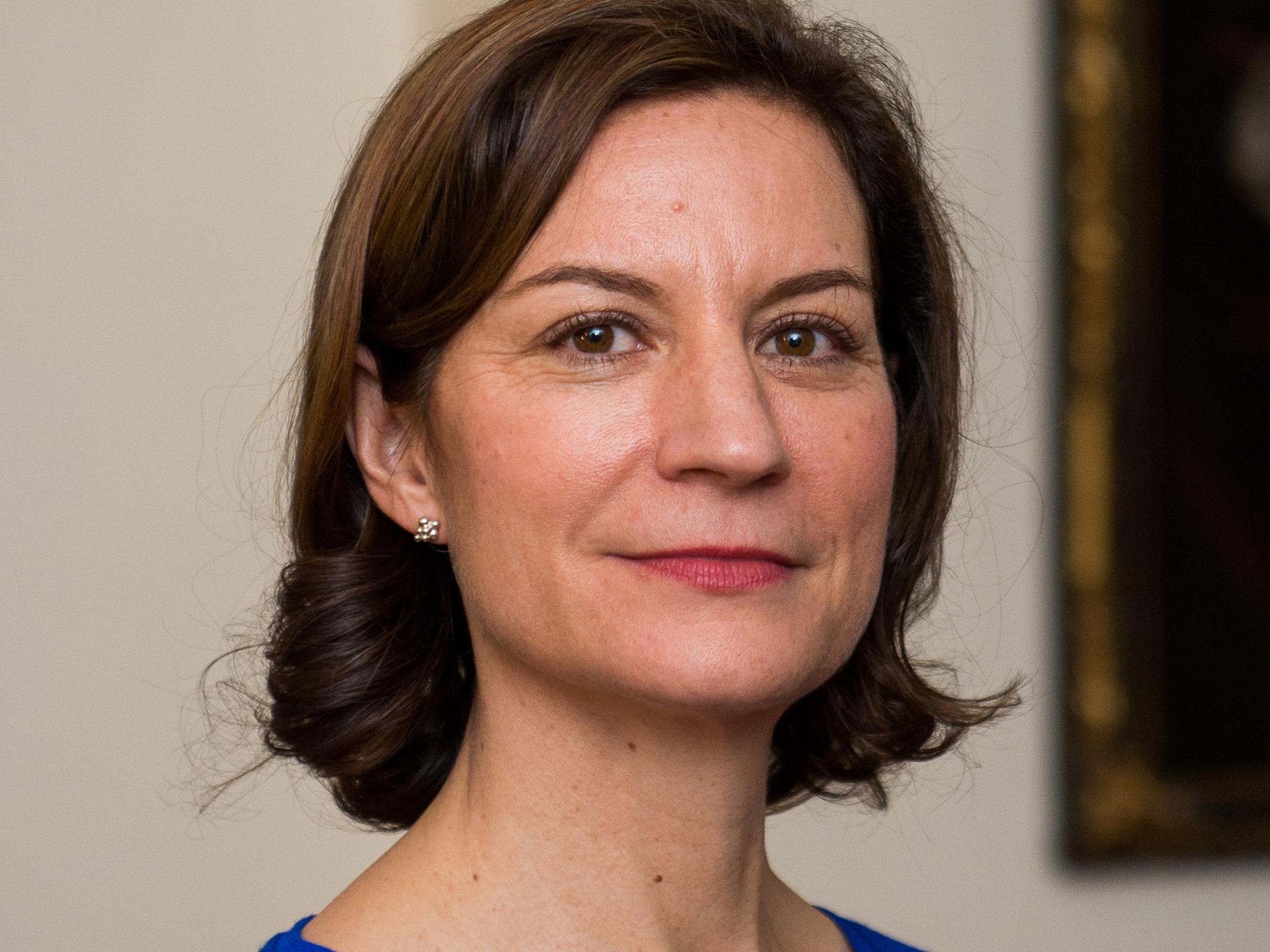
Kathleen McCartney, president of Smith, was not available for comment. Michael Thurston, the college’s new provost, will start his position in July.
Textiles and clothing have traditionally been viewed as less important or of a lower status in museums and in academia
One of the problems is that much of the collection’s worth is hard to quantify. It lies in notions about the value of honouring and studying the lives of unsung women, but not in any specific amount tied to the quality of a textile or the profile of the person who once wore it.
Clothing is also expensive to protect and display; it requires climate control and appropriate light and storage. Smith dreams of a dedicated space for the collection, and a dedicated curatorial position.
She estimates that a building or renovation would cost around £5.7m; endowing a chair would add another £2.3m or so. At a time when institutions of higher learning are undergoing budget cuts and are under increasing pressures to elevate the STEM disciplines, the math to save a dress collection doesn’t necessarily add up.
Especially given the historical prejudice against fashion as an area of substance. A 2011 article in the Clothing and Textiles Research Journal by a group of researchers at Iowa State University concluded that “textiles and clothing have traditionally been viewed as less important or of a lower status in museums and in academia”.
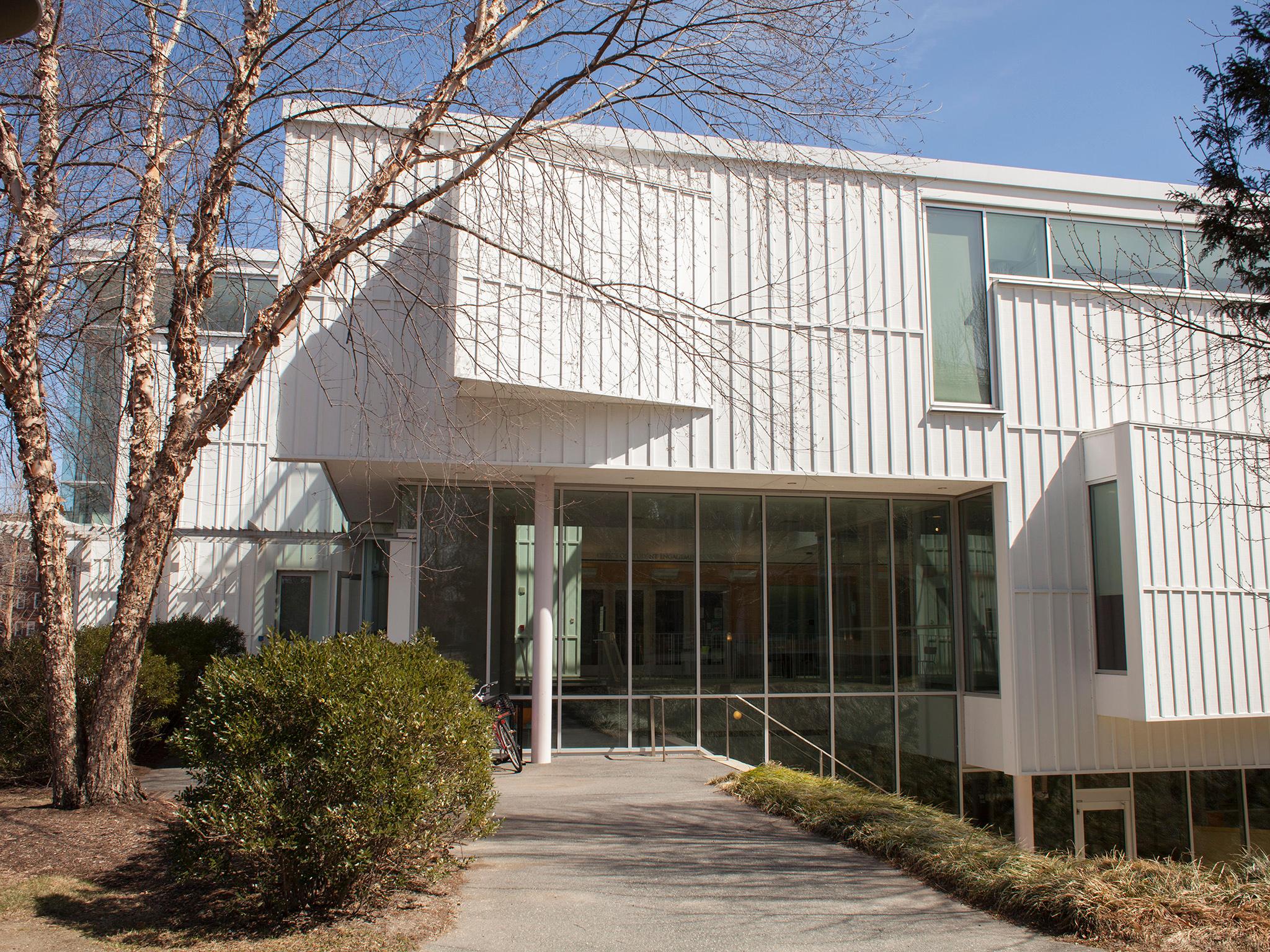
Smith saw an opportunity when, in 2015, the college began to solicit ideas for a new strategic plan, which includes a £76.8m renovation of its library, with a design by architect Maya Lin and landscape architect Edwina von Gal. Smith submitted a proposal to include the dress collection in the library’s “special collections” section, but it was not included in the plan.
After an earlier professional assessment in 2011, a previous provost suggested that the collection be de-accessioned and moved to another institution – perhaps the nearby Historic Northampton museum, which is known for its costume and textile collection.
This makes a certain amount of sense, given that it already has facilities in place for handling clothes. But it also misses the distinction between a display tool and a study tool, which is the point of the collection.
Sonnet Stanfill, a Smith graduate who is the curator of 20th-century and contemporary fashion at the V&A and who has spoken at Smith at various symposiums on dress, was initially sceptical of the collection’s worth. But, she says, “it was seeing how the students from a variety of disciplines interacted with the garments that really convinced me of the collection’s importance.”
In the last few years, alumnae have gotten involved, saying that if any college should celebrate the history and information embedded in women’s clothing – if any college has the opportunity to change attitudes both internally and more broadly – it should be a school like Smith. And because there is a new provost, Thurston (a former board member of Historic Northampton), Smith is continuing her quest.
“For a women’s college to celebrate women’s clothing instead of somehow feeling it devalues the achievements of the college to study ordinary shmattes?” she says. “It would take some guts.”
© New York Times
Join our commenting forum
Join thought-provoking conversations, follow other Independent readers and see their replies
Comments